简体中文
繁體中文
English
Pусский
日本語
ภาษาไทย
Tiếng Việt
Bahasa Indonesia
Español
हिन्दी
Filippiiniläinen
Français
Deutsch
Português
Türkçe
한국어
العربية
What is Forex? The Ultimate Beginner's Guide from Zero to Hero
Abstract:what forex is in terms of its core components: currency pairs, pips, lots, and leverage. You have seen how a trade is planned and executed. You know the fundamental forces that drive price movements. Most importantly, you have a safe, step-by-step plan to begin your journey. Remember, forex trading is not a get-rich-quick scheme. It is a serious business that requires skill, discipline, patience, and a deep commitment to continuous education. The opportunities are real. But so are the risks.
Your Journey Starts Here
Have you ever exchanged money for an international trip? You participated in the foreign exchange market. At its core, that transaction is a miniature version of what happens globally every second.
The Foreign Exchange market is also known as Forex or FX. It's the global marketplace for exchanging national currencies. What does forex mean for the world? It's the largest, most liquid financial market. Currencies are bought, sold, and speculated upon here.
Its immense scale is hard to comprehend. It dwarfs stock markets. This is the world of currency trading.
This guide is your starting point. We will break down everything. From basic definitions and market players to the mechanics of your first trade. We will show you what forex trading is and how to approach it with a clear, strategic mindset.
Your journey from zero to understanding the world's largest market begins now.
Why This Market Exists
The forex market isn't just for speculation. It is the fundamental plumbing of the global economy.
It exists to facilitate international trade and investment. A US company buying supplies from Japan must convert US Dollars (USD) to Japanese Yen (JPY) to pay for the goods. This is a forex transaction.
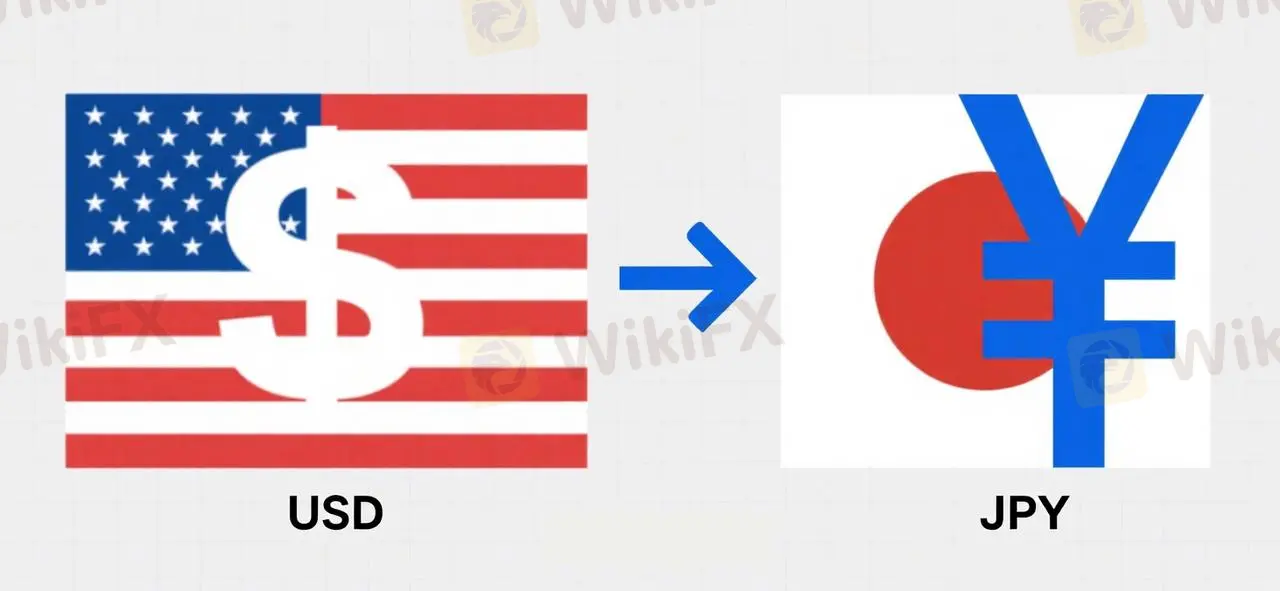
Tourism also fuels the market. When you travel abroad and exchange your home currency for the local one, you are participating in the forex market on a retail level.
The Market's Main Players
The forex market is a diverse ecosystem. Understanding who is involved helps clarify why prices move.
Central Banks use the market to manage their country's currency reserves and influence monetary policy. Think of the US Federal Reserve or the European Central Bank.
As the biggest players, major commercial and investment banks trade for both their clients and their own accounts. Corporations and other institutions rely on these banks, which constitute the bulk of market volume.
Large multinational corporations trade currency to hedge against risk. This protects them from their operations in foreign countries.
Finally, there are retail traders like us. We speculate on currency movements to aim for profit. We access the market through specialized forex brokers.
A Decentralized Global Market
Unlike a stock market with a central exchange like the NYSE, the forex market is decentralized. It is an over-the-counter (OTC) market. This means trade happens directly between two parties through a global network of banks and financial institutions.
This structure allows the market to operate 24 hours a day, five days a week. It follows the sun around the globe. Opening in Sydney, moving to Tokyo, then London, and finally New York, before starting all over again.
This 24/5 access is a key characteristic. Other features include:
- High Liquidity: Due to its massive size, it's generally easy to buy or sell currencies without causing a major price shift.
- Accessibility: Retail traders can start with relatively small amounts of capital.
- Variety: You can trade dozens of different currency pairs.
So, what is the forex market's true scale? According to the Bank for International Settlements (BIS) Triennial Central Bank Survey, the daily trading volume was approximately $7.5 trillion in 2022. This staggering figure highlights its importance in the global financial system.
The Building Blocks
Before placing a trade, you must learn the language of the market. Understanding these core components is non-negotiable. This is the vocabulary that turns abstract financial concepts into actionable mechanics.
Understanding Currency Pairs
In forex, you never just buy or sell one currency. You always trade one currency against another. This is why they are quoted in pairs, which is the core of what forex currency trading is.
Each pair has a base currency and a quote currency. For example, in the EUR/USD pair, the Euro (EUR) is the base currency and the US Dollar (USD) is the quote currency.
The price of the pair tells you how many units of the quote currency are needed to buy one unit of the base currency. For instance, a quote of 1.0850 means that 1 Euro can be bought for 1.0850 US Dollars. If you think the base currency (EUR) will get stronger against the quote currency (USD), you will buy the pair. If you think it will get weaker, you will sell it.
Currency pairs are grouped into three main categories.
| Pair Category | Description | Examples |
| Majors | The most traded pairs, all involving the US Dollar. They have the highest liquidity. | EUR/USD, USD/JPY, GBP/USD, USD/CHF |
| Minors (Crosses) | Pairs of major currencies that do not involve the US Dollar. | EUR/GBP, EUR/JPY, AUD/CAD, GBP/JPY |
| Exotics | A major currency paired with a currency from an emerging or smaller economy. | USD/MXN, EUR/TRY, USD/ZAR, USD/SGD |
Beginners usually start with major pairs, as their price movements tend to be more predictable and their trading costs are lower.
Reading the Price
What does forex mean by small price changes? These are measured in pips and spreads.
A 'pip' stands for 'percentage in point'. It is the smallest standard unit of price movement for a currency pair. For most pairs like EUR/USD or GBP/USD, a pip is the fourth decimal place (0.0001). If EUR/USD moves from 1.0850 to 1.0851, that is a one-pip move. For pairs involving the Japanese Yen (JPY), a pip is the second decimal place (0.01).
The 'spread' is the difference between the buy (ask) price and the sell (bid) price of a currency pair. This is essentially your broker's fee for executing the trade.
For example, if the bid price for EUR/USD is 1.0850 and the ask price is 1.0852, the spread is 2 pips. To make a profit, the market must move more than 2 pips in your favor to cover this initial cost.
Sizing Your Trade
In forex, you don't just trade one dollar or one euro. Trades are sized in standardized amounts called 'lots'. Understanding lots is central to what's trading forex safely. Think of it like ordering different sizes of a product.
A Standard Lot is 100,000 units of the base currency.
A Mini Lot is 10,000 units of the base currency.
A Micro Lot is 1,000 units of the base currency.
The lot size you choose directly impacts your potential profit. More importantly, it impacts your potential loss. A one-pip move in a micro lot trade is worth about $0.10. A one-pip move in a standard lot trade is worth about $10. Beginners are strongly advised to start with micro lots to manage risk effectively.
The Power of Leverage
Leverage is one of the most misunderstood concepts in forex. It allows you to control a large position with a small amount of capital. It is essentially a loan from your broker.
A leverage ratio of 100:1 means that for every $1 in your account, you can control a $100 position. This gives traders with smaller capital the ability to participate in the market meaningfully.
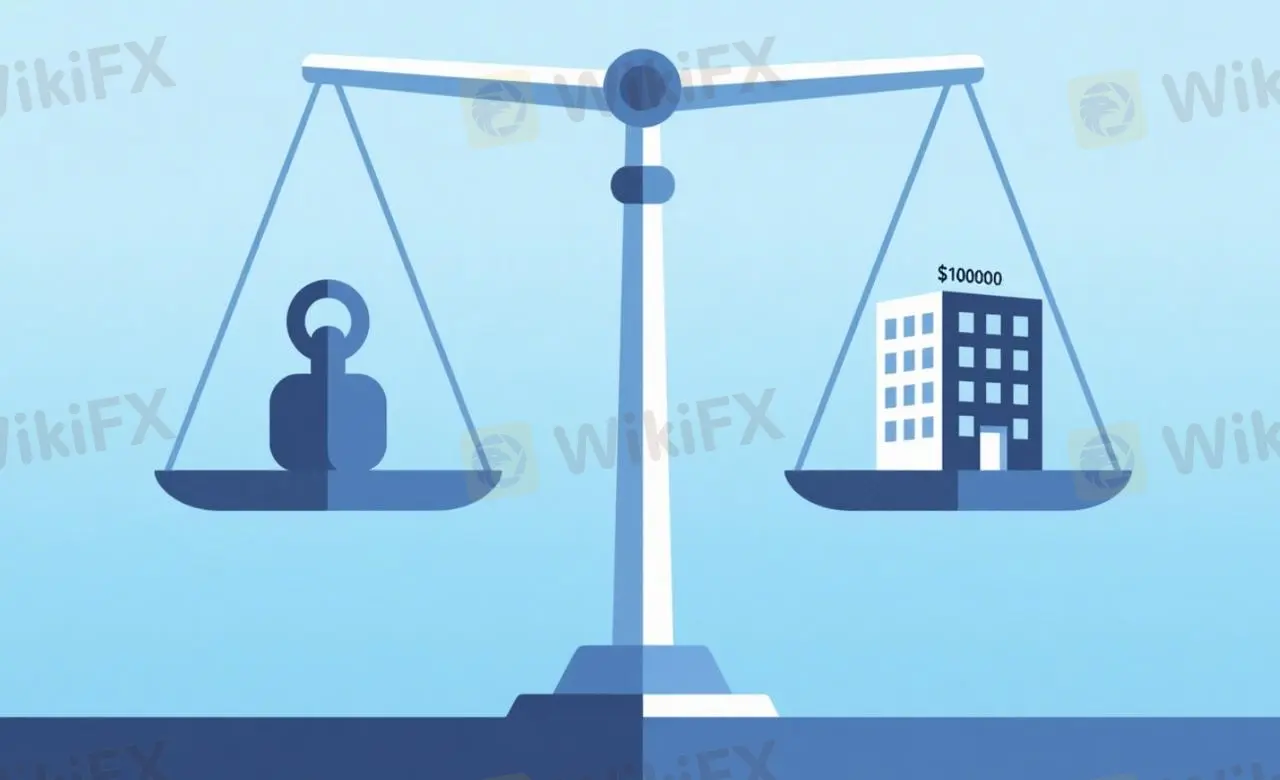
However, leverage is a double-edged sword: it magnifies both potential profits and losses equally. For example, with a $1,000 account and 100:1 leverage, you could control a $100,000 position. A favorable move of just 1% would yield a $1,000 profit—doubling your account. Conversely, an adverse move of the same magnitude would result in a $1,000 loss, completely wiping out your capital. This is why understanding and respecting leverage is absolutely critical for survival in trading.
The Action: Trading
Now that we have the building blocks, let's look at the primary action. What is trading forex in practice? It boils down to one of two actions: buying or selling. You are speculating on the future direction of a currency pair's exchange rate.
Going Long (Buying)
When you “go long,” you are buying a currency pair. You do this with the expectation that the value of the base currency will rise. It will appreciate relative to the quote currency.
Think of it as “buy low, sell high.”
For example, if you believe the British Pound (GBP) is about to strengthen against the US Dollar (USD), you would buy the GBP/USD pair. If the price goes up as you predicted, you can close the trade for a profit.
Going Short (Selling)
When you “go short,” you are selling a currency pair. You do this with the expectation that the value of the base currency will fall. It will depreciate relative to the quote currency.
This concept can be tricky for beginners, as you are essentially borrowing the base currency to sell it at a high price, with the aim of buying it back later at a lower price to pocket the difference.
For instance, if you think the Euro (EUR) will weaken against the Japanese Yen (JPY), you will sell the EUR/JPY pair. If the price drops as you predicted, you can close the trade for a profit.
| Action | Your Belief | Example Pair | Goal |
| Go Long | Base currency will strengthen. | Buy EUR/USD | Price goes up. |
| Go Short | Base currency will weaken. | Sell EUR/USD | Price goes down. |
This is the essence of what forex trading really boils down to. Forming a hypothesis about a currency's future direction. Placing a trade to capitalize on that prediction.
A Beginner's First Trade
Theory is one thing, but application is what matters. Let's walk through a hypothetical first trade, step-by-step. This connects all the concepts we've discussed. This will make the process feel less abstract and more concrete.
We will use the GBP/USD pair for this example.
Step 1: The Idea
We don't start our process with a button click; we start with a hypothesis. Imagine we've been following the news and see that recent economic data from the United Kingdom is surprisingly strong—inflation and employment numbers are particularly robust.
Simultaneously, recent data from the United States has been weaker than expected. Our hypothesis is: The British Pound (GBP) is likely to strengthen against the US Dollar (USD). This is the “why” behind our potential trade. It's a simple form of fundamental analysis.
Step 2: The Plan
Trading without a plan is gambling. A professional trader always defines their rules before entering the market. What forex trading requires most is discipline.
Here's our plan:
- Action: We will go long (buy) GBP/USD.
- Entry Price: We'll wait for the price to be around 1.2500.
- Trade Size: We are beginners, so we will use a small size: 1 micro lot (1,000 units). This keeps our risk very low.
- Risk Management (Stop Loss): We must define our exit point if we are wrong. We will set a Stop Loss order at 1.2450. This means if the price drops to this level, our trade will automatically close for a 50-pip loss. This protects us from a larger drawdown.
- Profit Target (Take Profit): We also need a goal. We will set a Take Profit order at 1.2600. If the price rises to this level, our trade will automatically close. This locks in a 100-pip profit.
Our potential reward (100 pips) is double our potential risk (50 pips). This is a positive risk-to-reward ratio.
Step 3: The Execution
With our strategy set, we launch the trading platform. The chart for GBP/USD confirms the price is at 1.2501—the perfect level to execute our plan. We quickly pull up the order ticket, select the currency pair, input a volume of 0.01 (a single micro lot), and confirm the “Buy” order.
Crucially, we enter our Stop Loss (1.2450) and Take Profit (1.2600) levels into the designated fields before executing the order. A critical error many beginners make is placing the trade first and intending to add protective orders later. Risk management must be implemented at the moment of execution. The trade is now live and protected.
Step 4: The Outcome
We now let the market do its work. We resist the urge to constantly tinker with our trade. Our plan is in place to manage both a winning and a losing scenario.
Let's imagine our analysis was correct. Over the next several hours or days, the price of GBP/USD steadily climbs. It moves past 1.2550. Eventually it touches 1.2600.
The moment the price hits 1.2600, our Take Profit order is triggered by the broker's system. The trade is automatically closed. We made a profit of 100 pips. On a micro lot, where each pip is worth roughly $0.10, our profit is 100 pips * $0.10/pip = $10.
While $10 may seem insignificant, the underlying process is what truly matters. We entered with a hypothesis, a concrete plan, defined risk parameters, and a clear profit target. This disciplined approach is the foundation of sustainable trading.
What Drives The Market?
Currency prices don't move randomly. They are influenced by a complex web of economic, political, and psychological factors. Understanding what forex market drivers are is key to forming your trading ideas. Here are the primary influences to watch.
- Economic Data
This is the bedrock of fundamental analysis. Key reports like Interest Rate decisions from central banks, inflation figures (CPI), Gross Domestic Product (GDP) growth, and employment numbers can cause significant and immediate price swings. The US Non-Farm Payrolls is one example. Strong data typically strengthens a currency and weak data weakens it.
- Central Banks
Institutions like the US Federal Reserve (Fed), the European Central Bank (ECB), and the Bank of Japan (BOJ) hold immense power. Their monetary policy statements, press conferences, and speeches from governors provide clues about future interest rate changes. They also signal the health of the economy. This heavily influences currency values.
- Geopolitical Events
The world is an interconnected place. Major political events like national elections, international trade disputes, political instability, or conflicts can create uncertainty. Traders often move their capital to “safe-haven” currencies during times of turmoil. These include the US Dollar (USD), Swiss Franc (CHF), or Japanese Yen (JPY).
- Market Sentiment
Sometimes, the overall mood of the market is the biggest driver. This is often described as “risk-on” or “risk-off.” In a risk-on environment, traders are optimistic. They tend to buy riskier assets, including currencies from commodity-rich countries like the Australian Dollar (AUD). In a risk-off environment, fear dominates. Capital flows into the aforementioned safe havens.
Paying attention to these factors helps you understand the story behind the price charts.
Starting Forex Trading Safely
Entering the forex market can be exciting. But it's crucial to do it responsibly. The path to becoming a trader is a marathon, not a sprint. Here is a safe, structured roadmap to get you started. This is not just advice. It's a process we believe is essential for longevity.
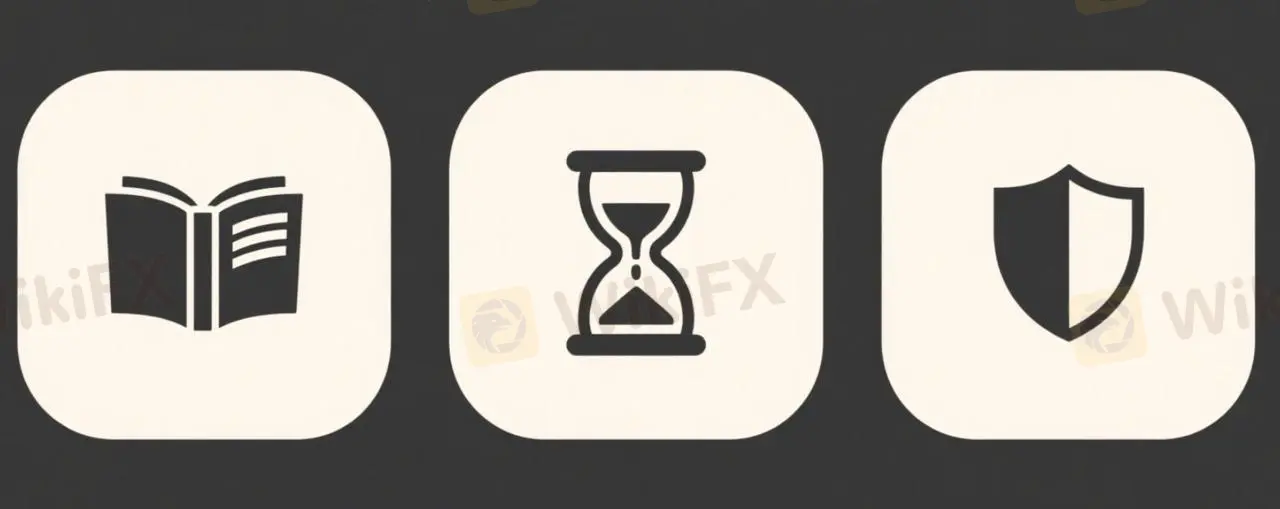
1. Commit to Education
This article is an excellent first step, but your journey has only just begun. Achieving a true understanding of the forex market demands a commitment to continuous learning. Dedicate yourself to reading books, enrolling in reputable courses, and following trusted financial news sources. Remember, in trading, your knowledge is your greatest asset.
2. Choose a Reputable Broker
Your broker is your gateway to the market, making your choice one of the most critical decisions you will make. Resist the allure of flashy bonuses and instead, focus relentlessly on what truly matters:
- Regulation: Is the broker regulated by a top-tier authority like the FCA (UK), ASIC (Australia), or CySEC (Cyprus)? This is non-negotiable and provides a layer of protection for your funds.
- Spreads and Fees: Look for competitive and transparent pricing. Low spreads mean lower trading costs for you.
- Trading Platform: Is the platform stable, fast, and user-friendly? MetaTrader 4 (MT4) and MetaTrader 5 (MT5) are industry standards.
- Customer Support: Is support responsive and helpful? You will need them eventually.
3. Open a Demo Account
We cannot stress this enough: do not skip this step. A demo account lets you trade with virtual money in a real market environment. It is your trading sandbox. Use it to learn your broker's platform, test your strategies, and experience the emotional highs and lows without any financial risk. Spend at least a month or two on a demo account until you are consistently profitable before even thinking about real money.
4. Develop a Simple Trading Plan
Your trading plan is your business plan. It's a written set of rules that defines what, when, and how you will trade. It should include which currency pairs you will trade. What your criteria for entering a trade are (your “setup”). Your rules for exiting a trade (both for profit and for loss).
5. Master Risk Management
This is what separates successful traders from the 90% who fail. The single most important rule is to protect your capital. A widely accepted guideline is the 1-2% rule: never risk more than 1-2% of your trading account capital on a single trade. If you have a $1,000 account, this means your maximum loss on any given trade should not exceed $10-$20. This ensures that a string of losses will not wipe out your account. It allows you to stay in the game long enough to learn and succeed.
The Final Word
So, is forex trading for you? Throughout this guide, we've journeyed from the most basic question of what is forex to the intricate mechanics of what's forex trading.
You now understand that the Foreign Exchange market is a vast, decentralized global network. You know what forex is in terms of its core components: currency pairs, pips, lots, and leverage. You have seen how a trade is planned and executed. You know the fundamental forces that drive price movements. Most importantly, you have a safe, step-by-step plan to begin your journey.
Remember, forex trading is not a get-rich-quick scheme. It is a serious business that requires skill, discipline, patience, and a deep commitment to continuous education. The opportunities are real. But so are the risks.
The journey ahead is challenging but potentially rewarding. By approaching it with a professional mindset, you give yourself the best possible chance of success. Your path into the world's largest market has been laid out. Now, the next step is yours to take.
Disclaimer:
The views in this article only represent the author's personal views, and do not constitute investment advice on this platform. This platform does not guarantee the accuracy, completeness and timeliness of the information in the article, and will not be liable for any loss caused by the use of or reliance on the information in the article.
Read more
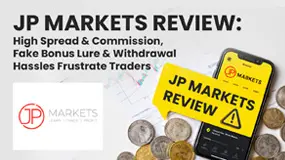
JP Markets Review: High Spread & Commission, Fake Bonus Lure & Withdrawal Hassles Frustrate Traders
Have you been lured into opening a JP Markets Forex Trading Account with a high bonus offer that never existed? Have you found the spread and commission charges higher on JP Markets Login than what’s advertised on the broker’s website? Wondering why you are not able to withdraw funds from your trading account? Well, all of these hint at a potential forex investment scam. Many traders have expressed their disappointment while sharing the JP Markets Review online. In this article, we have shared certain complaints. Take a look at them.
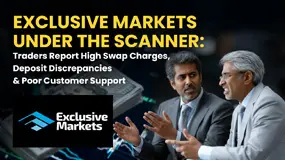
Exclusive Markets Under the Scanner: Traders Report High Swap Charges, Deposit Discrepancies & More
Is your forex trading account experience at Exclusive Markets far from good? Do you witness high swap fees and daily charges? Does the deposit fail to reflect in your Exclusive Markets Login? Don’t receive adequate response from the customer support official on your trading queries? You are not alone! Traders have already alleged that the forex broker is involved in these activities. In this Exclusive Markets WikiFX review article, we shared some traders’ comments. Read on to know about them.

Is Amillex Safe or a Scam? Understanding Rules and Security
You are asking an important question: Is Amillex safe or a scam? The simple answer is that Amillex works in an unclear area that needs careful study. It is not a complete scam like fake websites that steal your money right away, but it also does not meet the safety rules of the best, well-regulated brokers. Read on to explore more details.
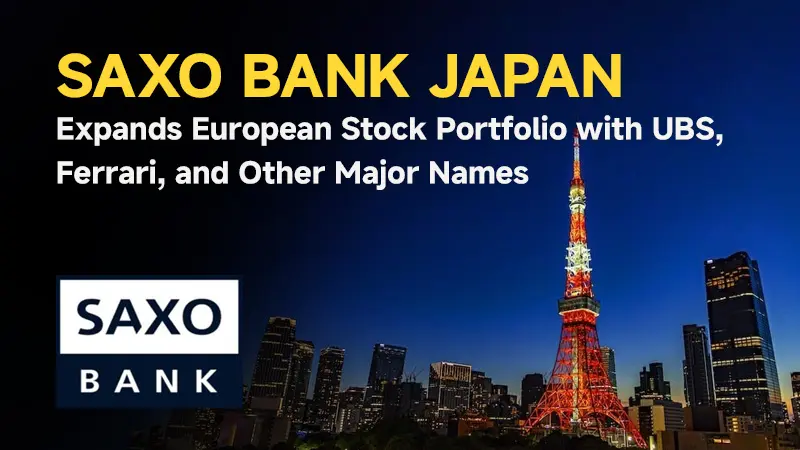
Saxo Bank Japan Expands European Stock Portfolio with UBS, Ferrari, and Other Major Names
Saxo Bank Japan is broadening its investment offerings by adding over 100 European stocks from Denmark, Italy, Spain, and Switzerland. The expansion—set to launch on November 5, 2025—includes globally recognized companies such as UBS, Ferrari, Novo Nordisk, and Nestlé. This initiative enhances Saxo Bank Japan’s already extensive global stock lineup, aiming to support investors seeking diversification into leading European industries.
WikiFX Broker
Latest News
Is Nash Markets Regulated or Risk? Truth About Nash Markets’ License & Withdrawal Issues
Webull Widens Crypto Futures with Coinbase Derivatives
Latest FCA Daily Alerts and Consumer Warnings for 2025
CySEC Blocks Certification Access to Combat Advisor Impersonation
Angel one 2025 Review & Complaints
Exclusive Markets Under the Scanner: Traders Report High Swap Charges, Deposit Discrepancies & More
Annual Sales Of New Vehicles Expected To Hit Only 15.7 Million Units: Cox
Saxo Bank Japan Expands European Stock Portfolio with UBS, Ferrari, and Other Major Names
Amillex Broker Affiliate Program: A Complete Guide to Earning with Referrals
New SC Rules Take Effect in November 2025: What’s Next for Finfluencers?
Currency Calculator



